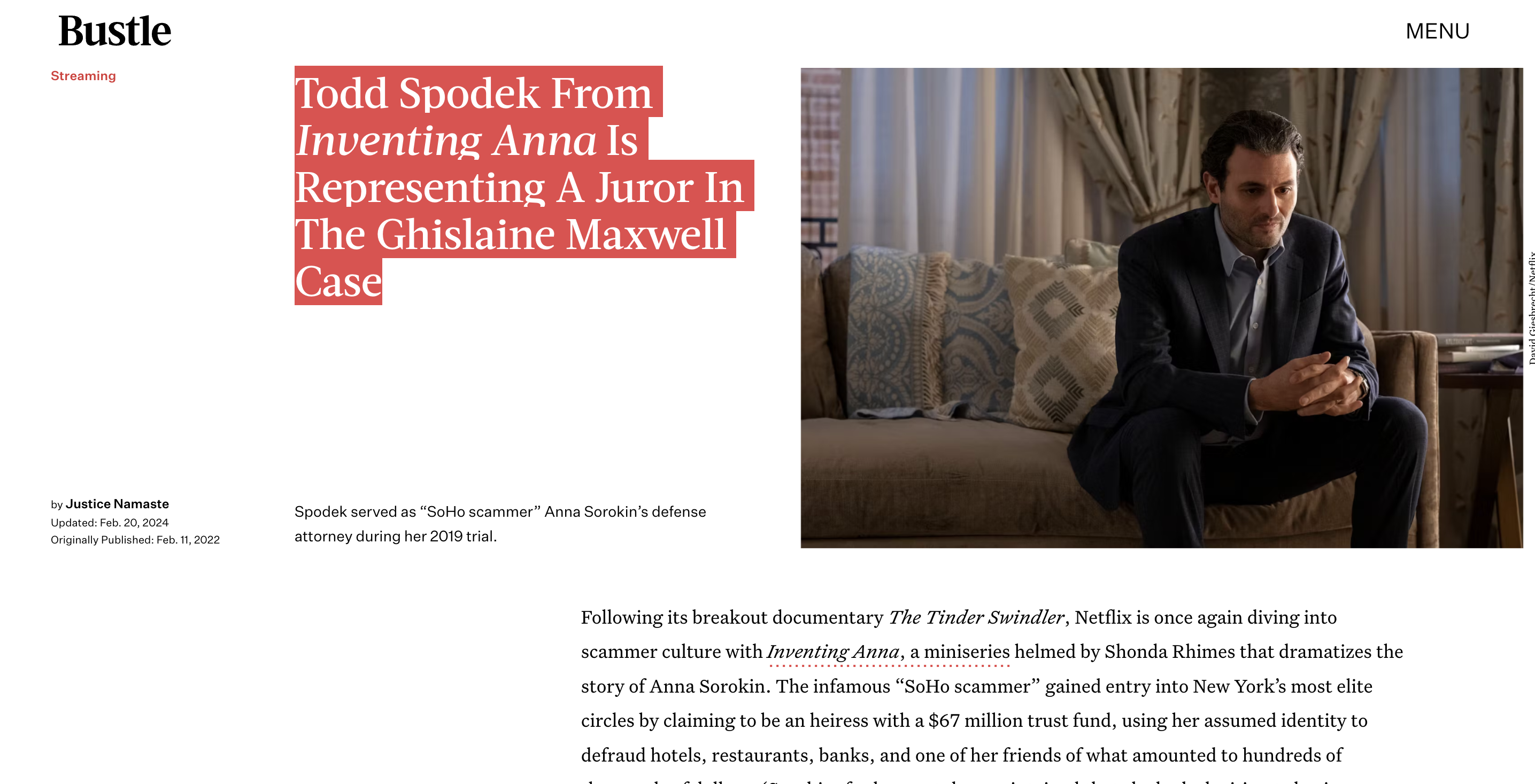Blog
Petitioning for Cert After Losing a Federal Appeal
Contents
Petitioning for Cert After Losing a Federal Appeal
Losing a case at the federal appeals court level can be devistating. You feel like all your hard work was for nothing. But don’t give up hope! There are still options, like petitioning the Supreme Court for a writ of certiorari. This is your chance to get the highest court in the land to review your case.
But securing cert is an uphill battle. The Supreme Court get thousands of cert petitions every year but only hears around 100 cases. You need a compelling reason for them to take your case. This article will walk you through the cert process and give tips for writing a persuasive petition.
The Cert Petition Basics

After losing in federal appeals court, you have 90 days to file a cert petition to the Supreme Court. This legal document asks the Court to review your case. It needs to explain why your case is important enough to warrant the Court’s attention.
The cert petition has several required sections:
- Questions Presented – The legal questions you want the Court to answer
- Parties to the Case – Names of the petitioner and respondent
- Table of Contents
- Table of Authorities – List of cited cases, statutes, etc.
- Opinions Below – Summary of lower court decisions
- Jurisdiction – Basis for the Court’s jurisdiction
- Constitutional Provisions, Treaties, Statutes Involved – List of relevant legal authorities
- Statement of the Case – Background facts and procedural history
- Reasons for Granting the Writ – Most important part explaining why the Court should take your case
- Conclusion – Request for the writ to be granted
These sections, especially the “Reasons for Granting” section, must be tightly argued and persuasive. You only have a limited words, usually under 9000, to make your best case.
Criteria for Cert
So when does the Supreme Court grant cert? The Court looks for cases that involve:
- Circuit splits – Different circuit courts interpreted the law differently
- Important federal questions – Issues related to the U.S. Constitution, federal statutes, etc.
- Matters of national significance – Issues impacting many people nationwide
- To overturn precedent – Cases asking the Court to overrule an earlier decision
The Court is more likely to grant cert when lower courts disagree over a legal issue. This is called a “circuit split.” The Court wants to resolve these splits to establish uniformity in federal law.
Cases involving the Constitution or federal law also receive priority. The Supreme Court is the final authority on interpreting federal law.
It also helps if your case has broad national implications beyond just the parties involved. Mass surveillance, voting rights, major environmental cases – these raise issues that impact many Americans.
Finally, the Court may grant cert if you ask them directly to overturn one of their own precedents. But you need a very compelling reason why the earlier case was wrongly decided. Stare decisis means courts don’t overrule precedent lightly.
Tips for Drafting a Persuasive Petition
Writing an effective cert petition is challenging. Follow these tips to craft the strongest arguments:
- Be concise – Tight, punchy writing is key. Avoid extraneous details.
- Emphasize circuit splits – Thoroughly explain how lower courts disagree on the law.
- Connect your case to important federal questions – Show how it involves the Constitution, federal statutes, etc.
- Stress the national implications – Demonstrate how many people will be impacted.
- Use strong declarative language – Be forceful and assertive in making your case.
- Anticipate counterarguments – Then refute them systematically.
- Use formatting strategically – Headings, lists, etc. make your arguments accessible.
- Cite persuasive authorities – Rely on binding precedents rather than non-binding ones.
Following this advice will focus your petition on the factors the Court cares about most. Avoid belaboring unimportant details or digressing into emotional appeals. Stick to the compelling legal reasons your case deserves Supreme Court review.
The Cert Process and Next Steps
After filing the cert petition, the respondent has 30 days to file a brief opposing cert. This gives their counterarguments for why the Court should not take your case.
The Court then considers the petition at one of its private case conferences. Four justices must vote to grant cert for the Court to accept the case. This is called the “Rule of Four.”
If cert is denied, unfortunately that’s the end of the road. The lower court’s decision stands as the final ruling.
But if cert is granted, you get to fully brief and argue your case before the Supreme Court. Now you’re before the highest court in the land! It’s a rare privilege few lawyers get to experience.
The Court will schedule oral argument and eventually issue a written opinion. This opinion becomes binding nationwide. For better or worse, the Court’s word is now the law of the land.
Getting the Supreme Court’s attention is difficult. But with a compelling cert petition, you just may get them to take your case. Don’t give up hope after losing federally – the highest court still may rule in your favor!
Key Cases
Here are some landmark Supreme Court cases that were accepted on cert after a federal appeals court loss:
- Korematsu v. United States – Upheld Japanese internment camps
- Gideon v. Wainwright – Established right to counsel for criminal defendants
- Roe v. Wade – Legalized abortion nationwide
- Massachusetts v. EPA – EPA can regulate greenhouse gases
- National Federation of Independent Business v. Sebelius – Upheld Obamacare









